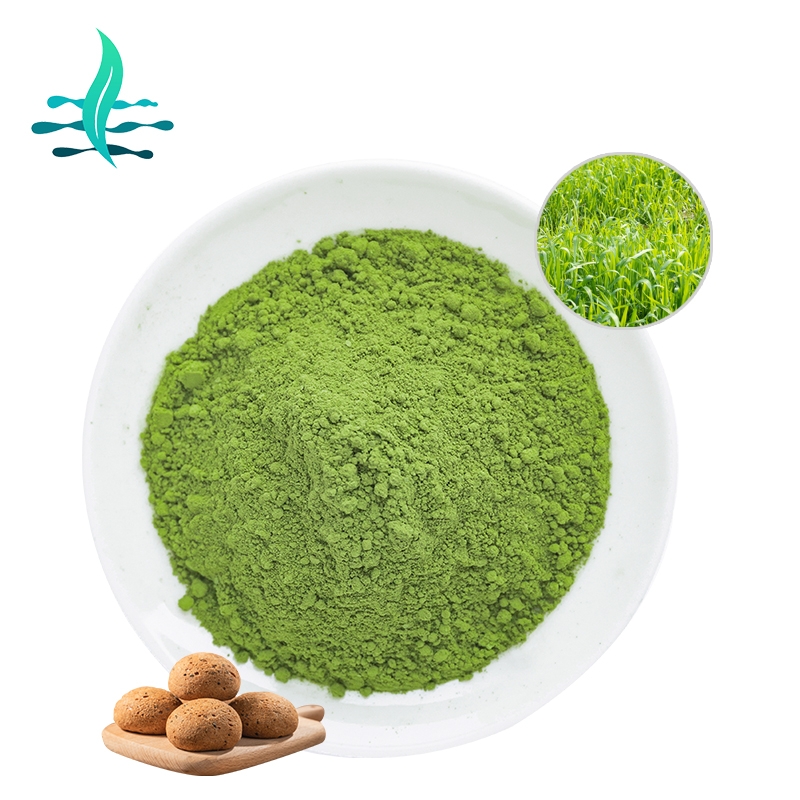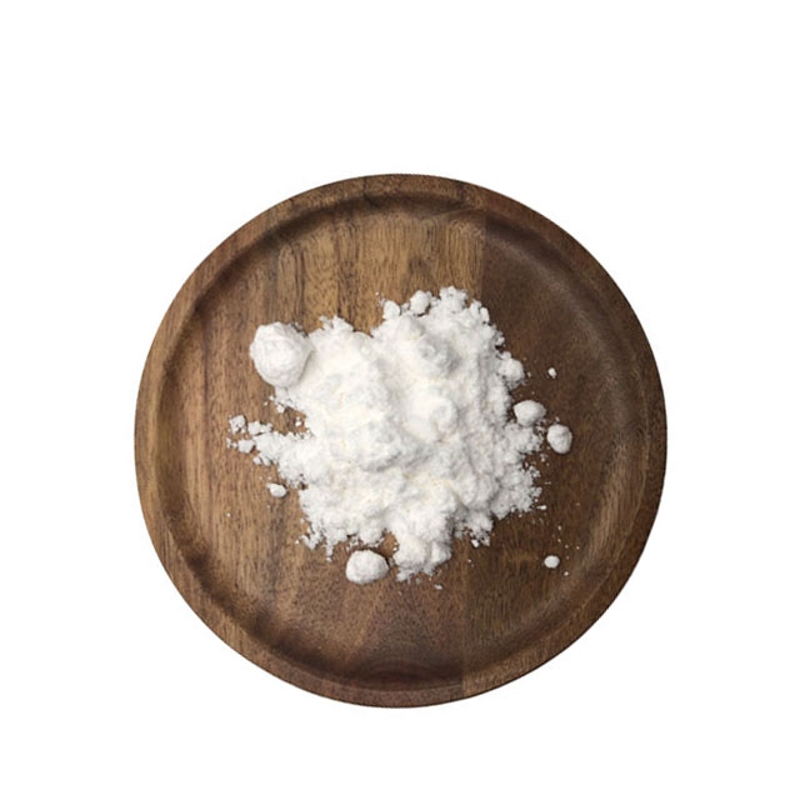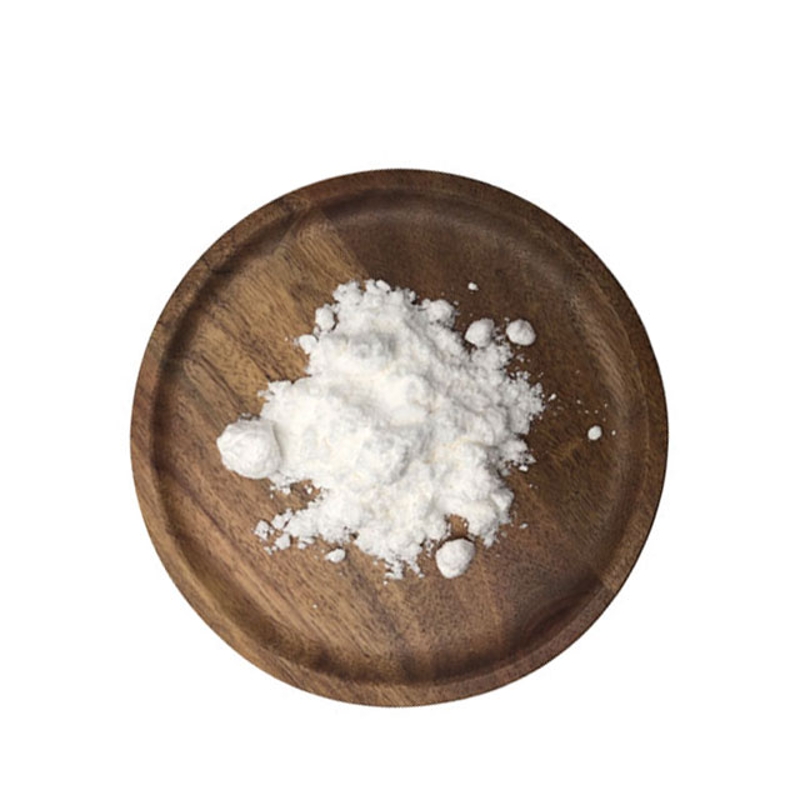The dew point method determines the water potential and permeability potential of plant leaves
-
Last Update: 2021-01-08
-
Source: Internet
-
Author: User
Search more information of high quality chemicals, good prices and reliable suppliers, visit
www.echemi.com
The measurement method of water potential and osmosis potential can be divided into three categories, in addition to the liquid phase balance method (including small liquid flow method, weight method water potential measurement, mass wall separation method to measure osmosis potential) and pressure balance method (pressure chamber method to measure water potential), there is a class of gas phase balance method, including thermocouple hygrometer, dew point method and so on. The
instrument equipment
required for liquid phase balancing is simple, but the procedure is cumbersome, inefficient and difficult to record automatically, and the pressure balancing method is suitable for measuring the water potential of branches or entire blades, but there is nothing that can be done for small samples such as leaf discs. Gas phase balance method can be widely used in the determination of water potential and permeability potential of various plant leaves, the required sample size is very small, high measurement accuracy, is a kind of better plant water potential and its component determination technology developed in recent years.
Principle
the blade or
tissue
juice is confined to a very small sample chamber, after a certain period of time, the air and plant samples in the sample room will reach the balance of temperature and water potential. At this point, the water potential of the gas (expressed in vapor pressure) is equal to the water potential of the blades (or the permeability of the tissue juice). Therefore, as long as the vapor pressure of the air in the sample room is measured, the water potential (or penetration potential of the juice) of the plant tissue can be known.
because the vapor pressure of air has a strict quantitative relationship with its dew point temperature, the instrument learns its vapor pressure by measuring the dew point temperature of the air in the sample room. The instrument is equipped with a high-resolution thermocouple, and a node of the thermocouple is installed in the upper part of the sample chamber. When measuring, the thermocouple is first applied a reverse current to cool the thermocouple node in the sample chamber (Peltier effect), when the node temperature drops below the dew point temperature, a small amount of liquid water condenses on the node surface, at which point the reverse current is cut off, and the node temperature change is recorded according to the thermocouple's output level.
At the beginning, the node temperature rises rapidly due to the heat exchange balance, then the surface moisture evaporates away the heat, keeping the temperature at the dew point temperature for a short period of time, and when the node surface moisture evaporates, its temperature will rise again until the original temperature balance is restored. By recording the temperature of the steady state, it can be converted into the water potential or permeability of the sample to be tested.
(Instrument Composition)
The instrument used in this test is an HR-33-T dew point microvolt pressure meter produced by Wescor Corporation of the United States, which is in fact a precision meter that accurately measures the subtle changes in the power level caused by the temperature difference between the end points of the thermocouple. The basic structure of the C-52 and L-51 sample chambers supported by the instrument consists of a sensitive thermocouple and an aluminum alloy with good insulation. The former is used for water potential determination of ionosome blades, while the latter is mainly used for biometric determination.
the "Dew point microvolt pressure meter operation method"
1. Always hit the FUNCTION switch in the SHORT position when connecting or pulling out the probe. Insert the probe into the corresponding interface of the host and, when determining the temperature, place the switch at the position of c. C.
2. The FUNCTION switch is still in the SHORT position. If the value of the probe is known, press the sv button and adjust the svSET knob so that the header pointer reaches the known value of the sv.
3. Put the sample in the sample chamber and give it enough balancing time. The balancing time is determined according to the water potential of the sample and the environment in which it is used.
4. Place the Range (RANGE) knob in the desired position, the FUNCTION knob in the READ position, and adjust the ZEROOFFSET knob to give the pointer reading zero.
。
This article is an English version of an article which is originally in the Chinese language on echemi.com and is provided for information purposes only.
This website makes no representation or warranty of any kind, either expressed or implied, as to the accuracy, completeness ownership or reliability of
the article or any translations thereof. If you have any concerns or complaints relating to the article, please send an email, providing a detailed
description of the concern or complaint, to
service@echemi.com. A staff member will contact you within 5 working days. Once verified, infringing content
will be removed immediately.







